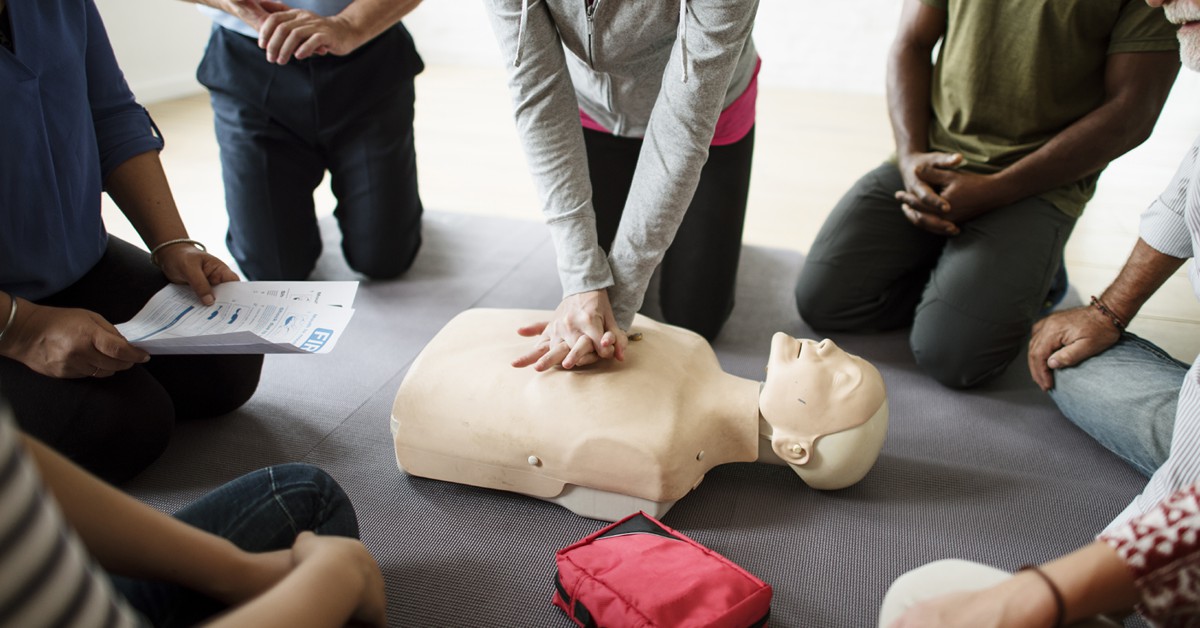


 349,500 Offered Certificates
349,500 Offered Certificates
 24/7 Online Training
24/7 Online Training
 Money Back Guarantee
Money Back Guarantee
 Fully Accredited Courses
Fully Accredited Courses

Created at: 25-02-2025 18:51
In today’s fast-paced work environments, understanding the importance of First Aid and CPR training cannot be overstated. Accidents and medical emergencies can happen at any moment, and being prepared can mean the difference between life and death. This comprehensive guide explores the pivotal role of First Aid and CPR training in enhancing workplace safety, ensuring compliance with health regulations, and empowering employees.
First Aid training equips employees with the ability to respond swiftly and effectively to medical emergencies. Here are some compelling reasons why every workplace must prioritize First Aid training:
First Aid Certification offers numerous benefits for both the employer and employee:
Cardiopulmonary resuscitation, or CPR, is a lifesaving technique essential in emergencies where someone stops breathing or their heart stops beating. Here are some key CPR techniques every employee should know:
Your organization must comply with local health and safety regulations. Many countries require certain levels of First Aid training based on the nature of the workplace. Understanding workplace health and safety regulations not only protects your employees but also demonstrates your commitment to their well-being.
Engaging in First Aid Compliance protects your business from potential fines and lawsuits while improving morale among staff.
When an emergency arises, knowing how to respond is crucial. Here are fundamental Emergency First Aid skills to implement in your workplace:
Choosing the right First Aid Course is essential for effective training. Consider the following factors:
Both online and in-person training have unique advantages. Here’s a quick comparison:
| Training Type | Pros | Cons |
|---|---|---|
| Online Course | Flexibility, self-paced learning, often cost-effective | Less hands-on experience, potential for lower retention |
| In-Person Course | Hands-on practice, immediate feedback, enhanced engagement | Less flexible, possible higher costs |
Investing in First Aid and CPR training is not just a legal obligation but a moral one. Equip your employees with the necessary skills to handle emergencies effectively, improve workplace safety, and ensure compliance with health regulations. Empower your team today by enrolling in a certified First Aid & CPR training course by contacting us at [email protected]. Don’t wait for an emergency to realize the value of preparedness!